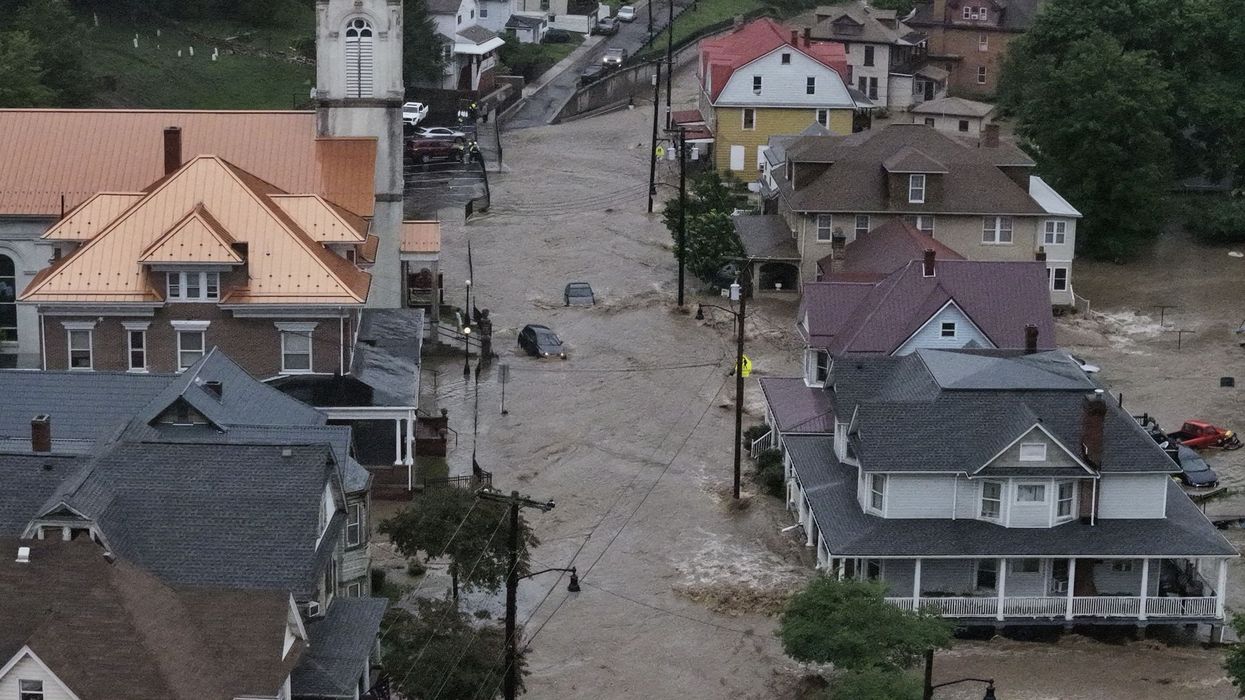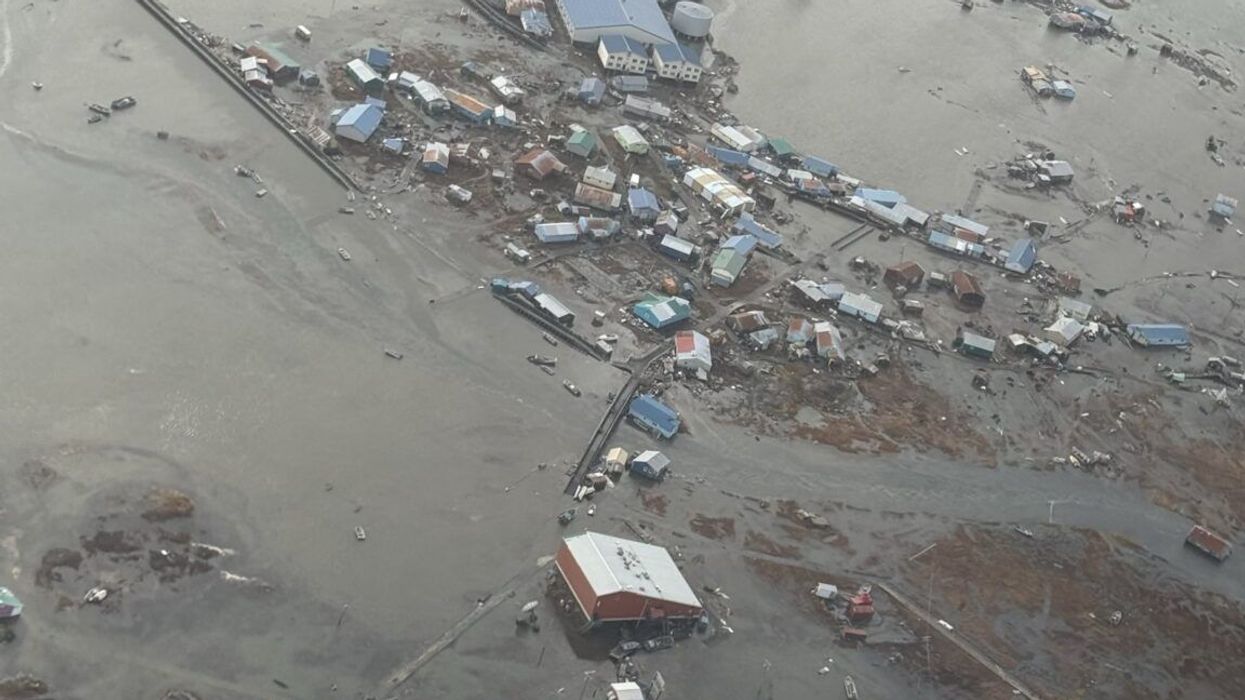Trump Doesn't Have to Eliminate FEMA to Screw Disaster Victims
Just look at all of the ways the Trump administration has been slowly killing the federal relief agency in practice.
President Donald Trump’s Federal Emergency Management Agency Review Council was scheduled to vote Thursday on a report containing several recommended changes to FEMA. This was supposed to happen during a meeting from 1:00 to 3:00 pm ET. However, I and many others who registered to attend virtually never received links for a meeting that was eventually canceled with no notice or explanation.
CNN reported Wednesday that the review council was planning “to recommend dramatic downsizing and overhaul—but not elimination—of the agency.” Too much is being made of the council’s decision to back away from the earlier demands of Trump and Department of Homeland Security (DHS) Secretary Kristi Noem for the outright abolition of FEMA. Abolition would require an act of Congress, an institution that (contra Trump and, often, John Roberts) actually does still exist. And besides, the Trump administration doesn’t need to formally eradicate FEMA to destroy it; just look at all of the ways they’ve been slowly killing the agency in practice.
Here’s a fresh stunning example: Starting on December 15, FEMA’s Office of Response and Recovery is set to be led by Gregg Phillips, an election-denying conspiracy theorist with no relevant experience. That’s how you effectively demolish an agency without congressional approval. The QAnon-supporting Phillips is one of many examples of profoundly unqualified personnel now calling the shots at FEMA after experienced leaders, along with thousands of rank-and-file staff, were pushed out.
How else? Require every grant over $100,000 to be personally approved by Noem. That’s most grants, to be clear, as the Central Texas flooding disaster revealed in tragic fashion. Much of the Trump administration’s deadly assault on FEMA reflects ideas found in Project 2025, whose main architect is Office of Management and Budget Director Russell Vought. That right-wing policy road map calls for foisting ever more responsibility for emergency preparedness and response onto states and localities despite the fact that only the federal government has the personnel and financial wherewithal to manage major disasters.
That Trump and his allies, many of whom are openly authoritarian, don’t seem worried about a negative political fallout is ominous.
Making matters worse, Trump is telling governors to step up while Noem and Vought are restricting relevant funding. The Trump administration continues to deprive communities of funding for hazard mitigation and infrastructural resilience even though every $1 invested in risk reduction saves an estimated $6 to $13, not to mention countless lives. As usual, Vought’s obsession with “fiscal responsibility” is a rhetorical ploy to justify slashing programs he doesn’t like.
We won’t know for sure until the final report is voted on, but according to CNN, the FEMA Review Council is expected to promote more of the same old austerity. A draft viewed by the outlet reportedly calls for cutting FEMA’s workforce “in half” and making it harder for states to qualify for federal disaster assistance. A longer draft was produced collectively by the council, but Noem, in her capacity as council co-chair, reportedly took a hacksaw to it, altering it in regressive ways. The forthcoming Noem-authored report should be interpreted as a continuation of the Trump administration’s lethal dismantling of FEMA. So too should the move to put Phillips in charge of the agency’s lifesaving disaster response and recovery work.
Phillips’ appointment comes at a time when the Trump administration is already delaying and denying disaster aid. There’s an apparent pattern of political retribution that warrants congressional investigation. Trump seems to relish opportunities to publicly praise “loyal” states when (partially) approving disaster assistance while punishing perceived enemies (e.g., rejecting requests from Illinois despite record-breaking damage).
That said, Trump’s abuse of the disaster declaration process—one component of Vought’s broader war on the federal government’s pro-social capacities—is harming working people everywhere. Republican-led states (e.g., Arkansas), swing states (e.g. Michigan and North Carolina), and pro-Trump counties in Democratic-led states (e.g., western Maryland) are not immune from the White House’s attacks on FEMA.
It remains to be seen whether Democrats will make Trump and his fellow Republicans pay a political price for abdicating the federal government’s responsibility to care for disaster victims. Ultimately, ignoring people in their moment of greatest need is bad politics. That Trump and his allies, many of whom are openly authoritarian, don’t seem worried about a negative political fallout is ominous; it suggests they don’t think they’ll have to face a fair news environment (hence the fixation on Trump-friendly oligarchs running elite media companies) or a fair election ever again.


